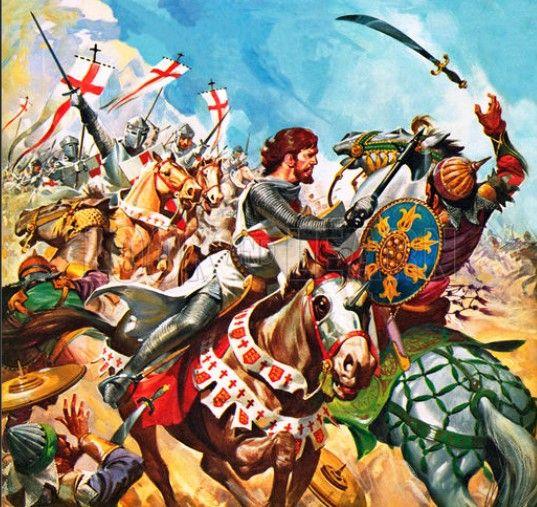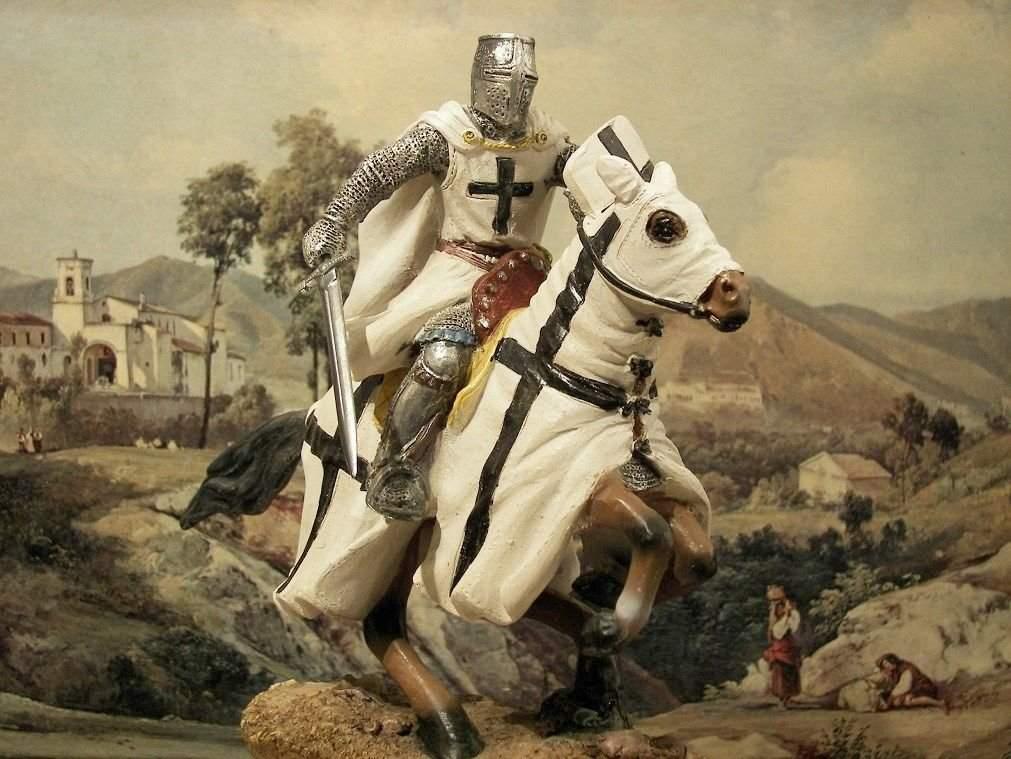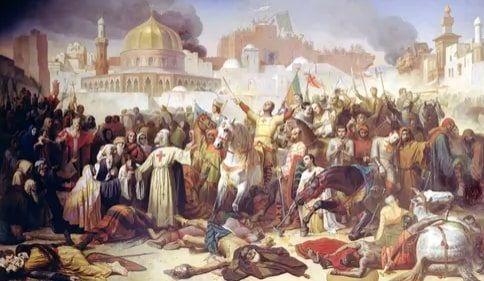INTUSK MAGAZINE
TO THE CORE OF YOUR HEART
First Anglo-Afghan War (1839-1842)
February 6, 2023
This is a short description of the defeat that the Europeans suffered in Afghanistan more than 150 years ago, with the withdrawal of US-led Western troops from Afghanistan. The European defeat in Afghanistan more than 150 years ago is viewed as a symbol of Western failure as well as Afghan resilience.
History marks the beginning of the First Anglo-Afghan War between the British Empire and the Emirate of Afghanistan between 1839 and 1842, marking the beginning of a series of Anglo-Afghan wars. The war, also known as the "Disaster in Afghanistan," was caused to the British inflicting heavy casualties.
The British eye on Afghanistan
Due to the diplomatic rivalry between the British and Russian Empires, known as the "Great Game" by the British and as the "Tournament of Shadows" by the Russian Empire, Despite the fact that the Russian Emperor Paul ordered the conquest of India in 1800, no other tsar was as interested in the country. (The order was revoked in 1801 with his assassination.)
Emperor Nicholas I of Russia's foreign policy, which considered Louis Philip I, then King of France, to be a usurper, was to isolate France along with Prussia and Austria in order to maintain its dominance in Europe. Despite his disdain for Britain as a liberal democracy, Nicholas sought to understand Britain's influence in Asia by cooperating with it.
Meanwhile, Dost Muhammad of Afghanistan and the ruler of Iran formed an alliance to overthrow Sikh rule in Punjab. Fearing that he would pose a threat, the British Raj desired a puppet ruler in Afghanistan.
As a result, the East India Company dispatched an envoy to Kabul to form an alliance with the Emir of Afghanistan, Dost Mohammad Khan, against Russia. The emir, who had already lost Peshawar to the Sikh Empire, agreed to form an alliance with the British if they supported the city's recapture, but the British refused.
But the British, who thought that the Sikh forces in Punjab were more of a threat to them than the untrained Afghan army, decided to form an alliance with Punjab instead of allying with Afghanistan.
Meanwhile, the Russian envoy, count Yan Vitkevich, arrived in Kabul, alarming India's Governor-General, George Aiden, Earl of Auckland.
But what really happened was that the Afghan Emir had invited the count to Kabul in order to intimidate the British to prevent them from forming an alliance with their ally Ranjit Singh.
At the same time, the British began diplomatic deals, proposing to the emir that the count be deported from Afghanistan and leave the city of Peshawar, but on April 26, 1838, the Afghan emir ordered the expulsion of all British diplomats from the country.
With the collapse of the Afghan-Russian negotiations in 1838, Iran joined forces with Russia to seize the city of Herat, once part of the Persian Empire.
On October 1, 1838, George Aden issued the Shimla Declaration to attack Dost Muhammad, defeating the invading Iranian invaders and seeking to restore the throne of Shuja Shah Durrani, who had ruled Afghanistan before Dost Mohammed in Afghanistan.
But the Persians abandoned the siege of Herat, and Nicholas Tsar ordered Vitkevich to return to St. Petersburg, so Shuja Shah missed the opportunity to ascend the Afghan throne.
On November 25, 1838, the Maharaja of Punjab, Ranjit Singh, and the British troops began to lead Shuja Shah to the Afghan throne, with the aim of keeping Afghanistan under British control.
(The Duke of Wellington strongly criticised the decision, saying it was a "foolish idea" to seize rocky terrain with no modern roads.
Military forces
By this time, the East India Company, which controlled British India, had an army of about 200,000 troops from Bengal, Bombay, and Madras.
The company, which had a trade monopoly under the permission of the British Crown, was not a part of the Crown, so there was a little cordial relationship between the British Army officers serving in India and the Company's military officers.
The regiment selection between the Bengal and Bombay armies took place to select the troops of the trading company for the Afghan invasion.
Sir Henry Fahn, Commander-in-Chief of the Indian Army, selected the regiment by lot, and instead of the Third Battalion being the best British battalion, the Thirteenth Infantry, the weakest battalion, was selected for the Afghan invasion.
The invasion consisted of 5,600 troops from the Bombay Army, 9,500 from the Bengal Army, and 6,000 from Shuja Shah. In addition, the supply consisted of 38,000 Indians and 3,000 camels.
The Emirate of Afghanistan did not have an official army, and troops from various tribes, such as the Pashtuns, Tajiks, Uzbeks, and Hazaras, joined forces with the Emir to counter the British invasion.
Attack
Under John Keane's troops of 21,000 British and Indian troops left for the Punjab in December 1838, heading for Afghanistan.
By March 1839, British troops had reached Quetta, passing through the Bolan Pass. After a very difficult journey, the invading forces reached Kandahar on April 25, 1839, and camped there until harvest time.
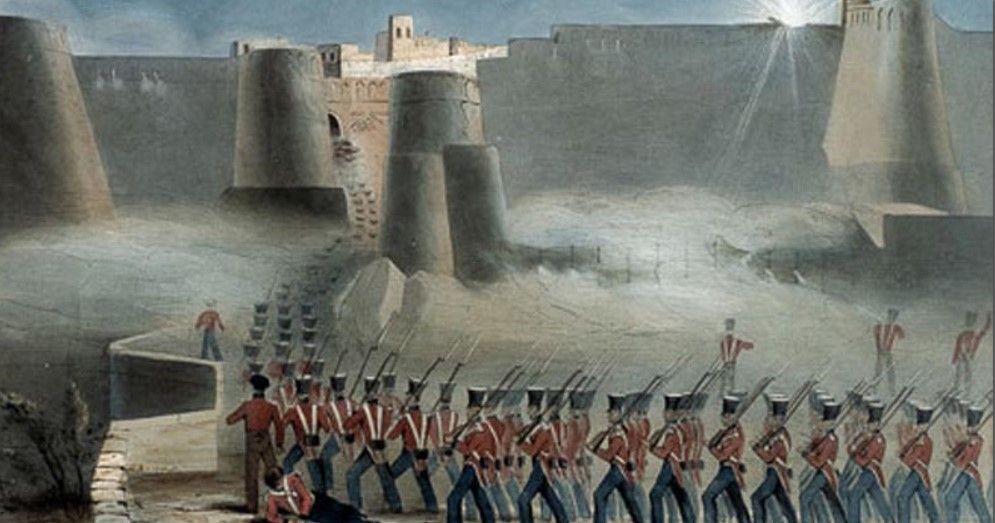
They resumed their voyage on June 27 and reached Fort Gazni, where the invaders realized that it was stronger than they had previously thought.
Abdul Rasheed Khan, a nephew of the Afghan Emir, helped the invaders to capture the fort on July 23, 1839, after he provided information about a gate being repaired at Gazni Fort.
The invaders were able to reach Kabul quickly due to a lack of significant resistance from the emir's forces.
Knowing the precise defeat, the Emir agreed to hand over the throne to Shuja Shah and serve as his Wazir. With this, Shujah Shah became the ruler of Afghanistan after thirty years.
In the meantime, Dost Muhammad fled to the Emir of Bukhara, where he was imprisoned. Dost Muhammad, however, escaped and fled to the southern part of Afghanistan in August 1840.

British settlement and Afghan rebels
After the invasion, all but 8,000 of the British troops left for India, but the British, realizing that a strong British force was needed in Afghanistan to carry out Shuja Shah's rule, allowed the British troops in Afghanistan to bring their families to Afghanistan.
Although the British wanted to establish a permanent Afghan army by banning feudalism in non-permanent Afghanistan, Shuja Shah rejected the British request due to the inability to maintain a permanent army due to the prevailing economic situation.
Dost Muhammad was deported to India in the late 1840s after several failed attacks on the British.
Meanwhile, as the Russo-British alliance against France grew stronger, the risk of the Russians invading Afghanistan was receding.
During the period from April to October 1841, the Afghans fought against the British in the northern part of the Hindu Kush and in Bamiyan, amid the organisation of the likes of Mir Majid Khan.
Meanwhile, protests were raging among Afghan leaders over the reduction of the British's monthly payment of Rs. 80,000 to Rs. 40,000 to maintain the allegiance of the Afghan leaders.
Accordingly, on the night of November 1, 1841, several Afghan leaders gathered in Kabul to plot a revolt, which began the next morning.
An official named William McNaughton went to meet Akbar Khan on December 23 to reach an agreement with the Afghans for the British to stay in Afghanistan, but McNaughton and other officials were killed. Was done.
On January 1, 1842, Major General William George Keith Elphinstone reached an agreement with the Afghans that five days later, 16,500 troops, including 4,500 troops, would withdraw from Afghanistan.
Britain returns to Afghanistan and the end of the war
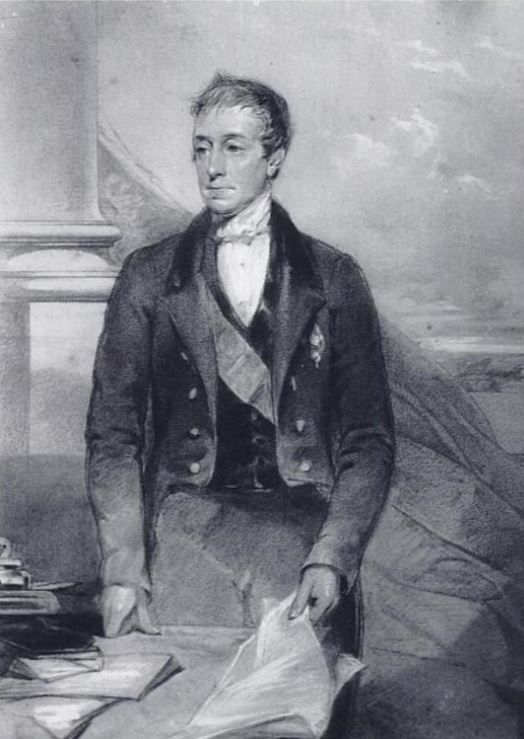
But the retreat was not an escape from the Afghan tribal forces. Akbar Khan also carried out attacks on the cities of Jalalabad, Kandahar, and Ghazni, while those leaving Kabul continued to be attacked. Although the Afghans managed to capture Fort Gazni, the British managed to retain Jalalabad and Kandahar until the support forces arrived.
In 1842, the British Crown appointed Lord Ellenberg as the new Governor-General of India. He ordered British officials to retreat from Kandahar and Jalalabad after rescuing British prisoners in Kabul.
General William Knott of Fort Kandahar recaptured the Gazni fort in August 1842. They liberated prisoners and retreated from Afghanistan across the Khyber Pass, with armies led by General George Paulock capturing the road to Jalalabad.
Dost Muhammad, who had been deported to India, regained control of Afghanistan and ruled Afghanistan until his death in 1863 at the age of 69.

